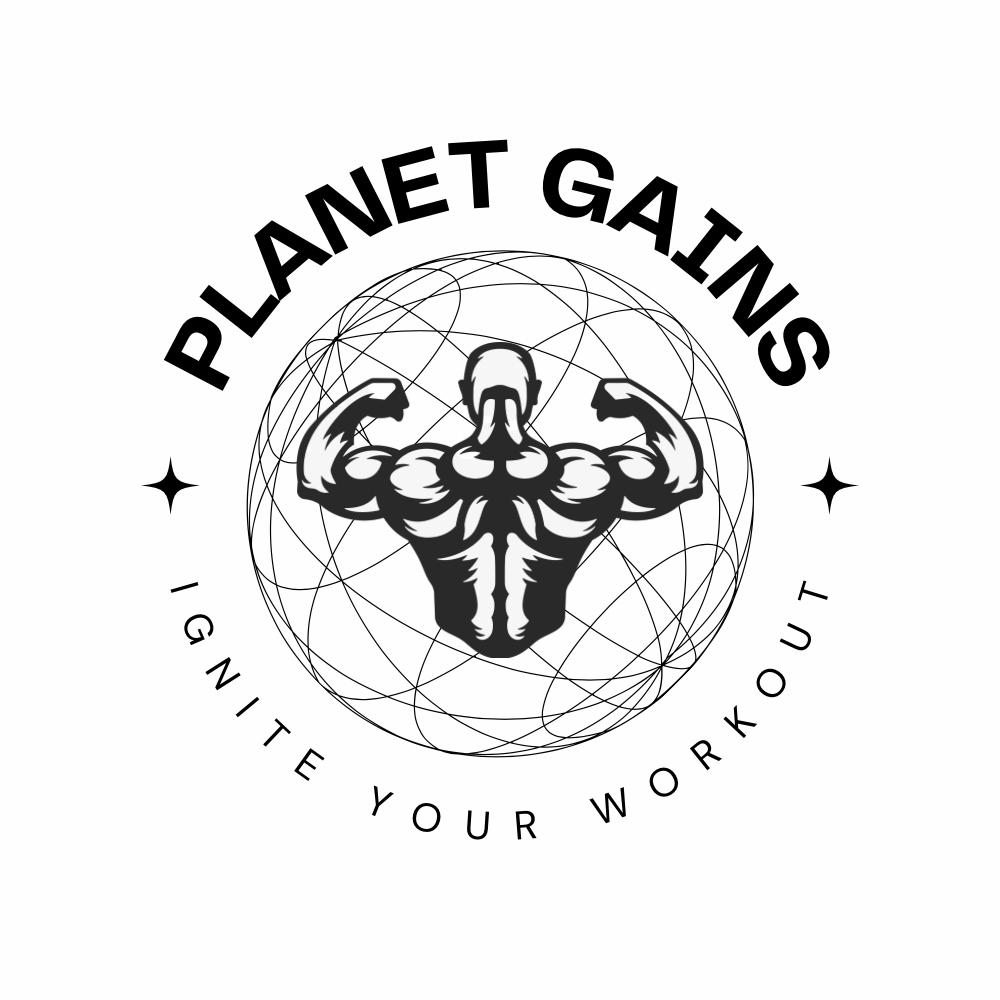📦 FREE Shipping
How Many Calories Do NBA Players Burn 2024? Experts Explain
The high-octane world of professional basketball is not just about points and plays; it’s also a furnace for calories. “How Many Calories Do NBA Players Burn? Experts Explain” jumps into the intense energy demands these elite athletes face during a game.
How Many Calories Do NBA Players Burn?

When NBA players hit the court, their bodies become calorie-burning machines. Energy expenditure varies based on the intensity of play and the player is duration on the court. The unit of measurement for this expenditure is the Metabolic Equivalent of Task (MET), where vigorous basketball activity averages a MET value of 8.0.
Intensity and Duration of an NBA Game
An NBA game consists of four quarters, each lasting 12 minutes. However, with stoppages, the actual time a player is active can exceed 48 minutes. During this time, the pace of the game dictates calorie burn rates. A fast-paced, full-court game increases intensity levels, subsequently upping the calorie expenditure.
- Average calories burned in a 48-minute game for NBA players: 900-1,000
- Calories burned during a typical 2-hour practice: 400-600
Caloric Burn by Position and Play Style
Caloric burn also differs by position:
- Guards, often moving quickly and constantly, may burn more calories due to high pace and energy demand.
- Forwards and centers burn fewer calories but employ bursts of energy for rebounding and inside play.
Your position and play style directly influence your calorie burning. A guard’s swift, continuous movements might edge out a forward’s strategic positioning in the calorie tally.
- Guards: Higher calorie burn rate due to constant motion
- Forwards/Centers: Intense bursts of activity with strategic energy use
Remember, these dynamics are essential in crafting the diet and training regimens for NBA athletes. Calories fuel their performance, making every sprint, jump, and shot a factor in their nutritional needs.
Nutritional Considerations for Optimal Performance

Understanding the role of nutrition can make a significant difference when you’re aiming to optimize your performance on the basketball court. With the demanding physical exertion NBA players endure, focusing on your diet is crucial for maintaining energy, supporting recovery, and enhancing overall performance.
Calorie Intake:
Your calorie needs are sky-high! You could be torching anywhere from 900 to 1,500 calories per game, so your energy intake must match this output. Make sure your diet provides enough energy to sustain your intense activities.
Macronutrients Breakdown:
- Proteins: Protein is essential for muscle repair and growth. Aim for a high-protein diet that includes lean meats, fish, and poultry.
- Carbohydrates: Carbs are your main energy source. Consume complex carbohydrates like whole grains, fruits, and vegetables to replenish your glycogen stores.
- Healthy Fats: Don’t shy away from fats; they’re vital for overall health. Focus on unsaturated fats found in nuts, avocados, and olive oil.
Hydration:
Stay hydrated! Even a small amount of dehydration can decrease your performance. Water is key to recovery and maintaining muscle mass.
Balanced Diet:
Aim for a balanced plate:
- 40-60% Carbohydrates
- 20-30% Proteins
- 10-30% Fats
Avoid Simple Sugars and Processed Foods:
Limit your intake of simple sugars and processed snacks. These can lead to energy spikes and crashes, impeding your performance.
Recovery Foods:
Post-game, focus on recovery foods. Combine proteins and carbs to replenish your energy stores and repair muscle tissue, prepping you for your next intense game.
Individual Factors Influencing Caloric Burn

When you hit the basketball court, the calories you burn are impacted by various personal factors. Your body weight plays a crucial role here—generally, the more you weigh, the more calories you expend. This is because your body must work harder to move a larger mass.
- Body Weight: Heavier individuals burn more calories.
- Muscle Mass: More muscle increases caloric burn.
- Endurance and Energy Levels: Higher endurance can lead to more intense play, upping calorie expenditure.
Having more muscle mass is also key. Muscle tissue burns more calories than fat, even at rest, so athletes with a muscular build typically have higher energy needs.
Your unique physique comes into play as well. Besides the balance between muscle and fat, your body’s ability to regulate energy levels and endure physical activity affects the calorie count. Plus, cardiovascular health enhances your game and exercise capacity, which can translate to more calories burned.
Now, don’t forget about the pace—intense periods of running and quick directional changes increase your burn. If you’re playing like a professional basketball player, constantly active, you’re in for a hefty caloric expenditure.
Here’s how your characteristics shape up:
| Characteristic | Impact on Caloric Burn |
|---|---|
| Heavier Weight | Increases |
| More Muscle Mass | Increases |
| High Endurance | Likely to Increase Through Longer Activity |
| Better Cardio Health | May Increase Intensity and Duration |
FAQ:
How many calories does an NBA player eat?
An NBA player typically consumes between 3,000 to 4,500 calories per day, depending on their size, metabolism, and level of activity.
How many calories does Steph Curry eat a day?
Steph Curry’s daily caloric intake is not publicly disclosed, but professional athletes like him may consume over 3,000 calories daily to fuel their performance.
How many calories does basketball burn in 30 minutes?
Playing basketball burns approximately 288 to 350 calories in 30 minutes, depending on the player’s weight and intensity of play.
How many calories do athletes burn a day?
Athletes can burn between 3,000 and 6,000 calories a day, but this number varies greatly depending on the sport, training intensity, and individual metabolic rates.
If this article about the question: “How Many Calories Do NBA Players Burn” helped you, don’t forget to leave us a comment down below about what you think of the article.


